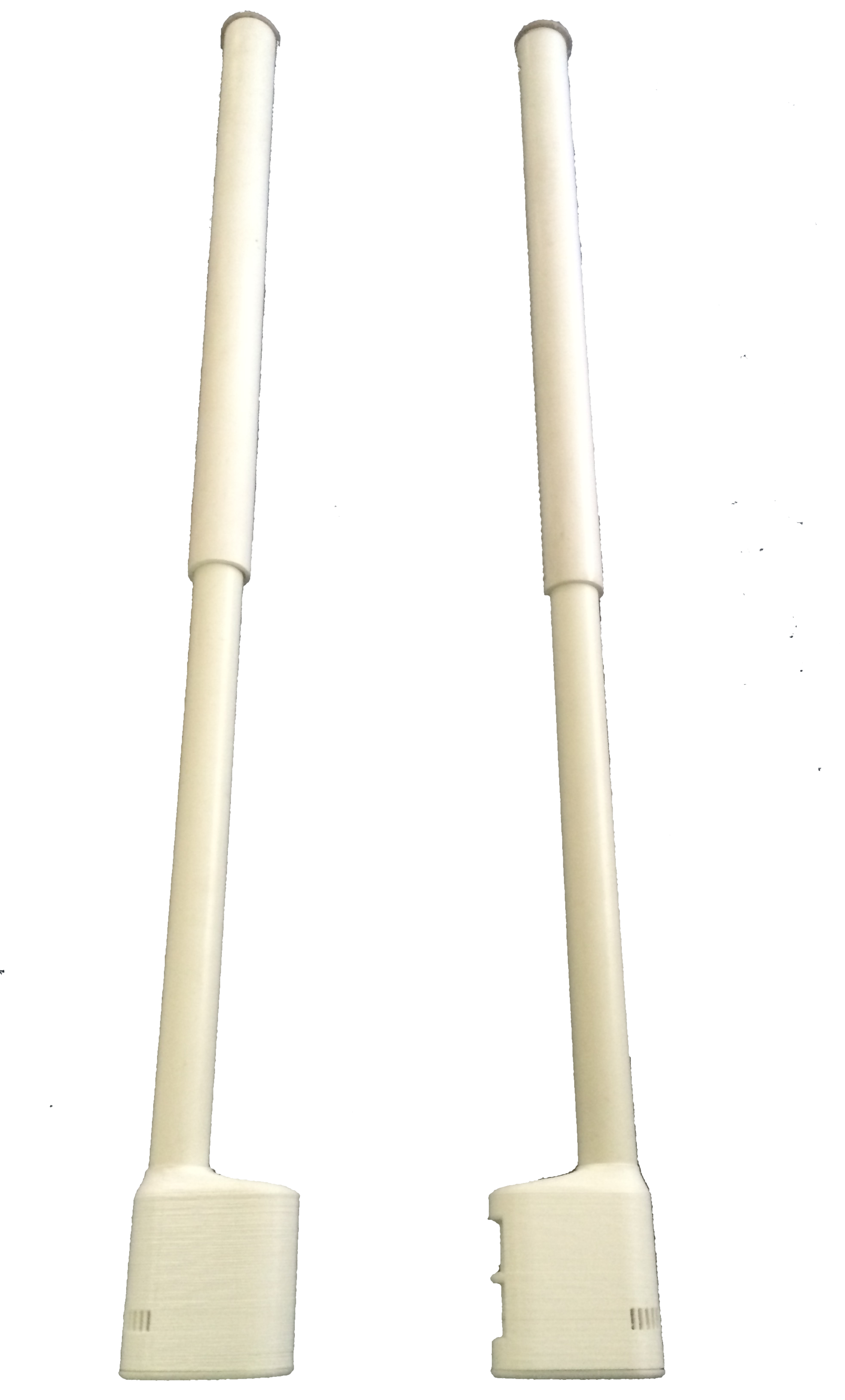The 5 Largest Home Energy Costs And How To Lower Them
The average household spends $2,000 a year on energy usage. But how exactly is all of that energy (and money) being used?
There are a lot of things inside of your home that contribute to your energy costs, and as we add more electronic devices to our collections our energy usage also continues to grow.
But if you are looking to really cut down on your energy usage what should you do?
Look no further because we are about to tell you.
A Breakdown of Household Energy Usage

1.Air Conditioning
It does not matter whether it is scorching hot or blistering cold outside. Your air conditioning will make sure to keep your home at a cozy temperature. However, your air conditioner uses the most energy out of all of the things in your home. About fifty-four percent of your total energy bill is due to heating and cooling the air inside of your home. Anything you can do to cut down on the amount of air conditioning your home requires can lead to significant increases in energy savings.
For example, programmable thermostats are quite energy efficient and will do a great job of keeping your home comfortable in an energy conservative manner. Also keeping your set thermostat temperature a little bit higher during the summer, and a little bit lower in the winter will lead to solid energy savings.
And if you want to save even more energy in regards to your air conditioner system, check out Wyndflow’s window automation system. Opening and closing your windows is a great way to take advantage of outside air to heat and cool your home. It can also save you a lot of money.
2. Water Heating and Cooling
Who doesn’t enjoy a warm shower? After a long stressful day, or an intense workout, taking a shower is a fantastic form of relief. However, while you are relaxing your water heater is putting a lot of energy into keeping your water warm. We aren’t going to tell you to take a cold shower, but you should make sure that your water heater is operating as effectively as possible.
Installing an energy-efficient or on-demand tank less water heater could lead to some serious savings. But shortening your shower times, and taking slightly cooler showers will also help out a decent amount.
3. Appliances
How many appliances do you have inside of your home? You probably have a dishwasher, refrigerator, dehumidifier, and washing machine to name a few. They all add up to about fifteen percent of your home’s energy usage. Thankfully programs such as Energy Star are in place to make sure that your appliances are using energy responsibly. When making new appliance purchases always opt to buy products with an Energy Star label. It will save you money in the long run, and the environment will definitely thank you.
4. Lighting
Do you always remember to turn off the lights when you leave the room? It’s okay we forget sometimes also. But all of those light bulbs add up to about eleven percent of your energy consumption.
Do you use incandescent light bulbs in your home? We hope not! Incandescent bulbs waste a lot of energy. Next time you go shopping pick up some compact fluorescent light (CFL) or light-emitting diode (LED) bulbs instead. You will be amazed by how much energy it could save you.
5. Other Sources of Energy Consumption
Do you leave your phone or laptop charger plugged into the wall? Do you have a pair of speakers that you barely use but are still powered on right now? All of these extra and unused things plugged into your wall make up a small portion of your energy bill. You might not want to unplug your T.V or desktop computer. But if you want to save a few bucks, remember to unplug anything that you aren't using.
We hope you take our advice and start making your home more energy efficient! Also visit Wyndflow and sign up to receive more tips and info about saving energy.
